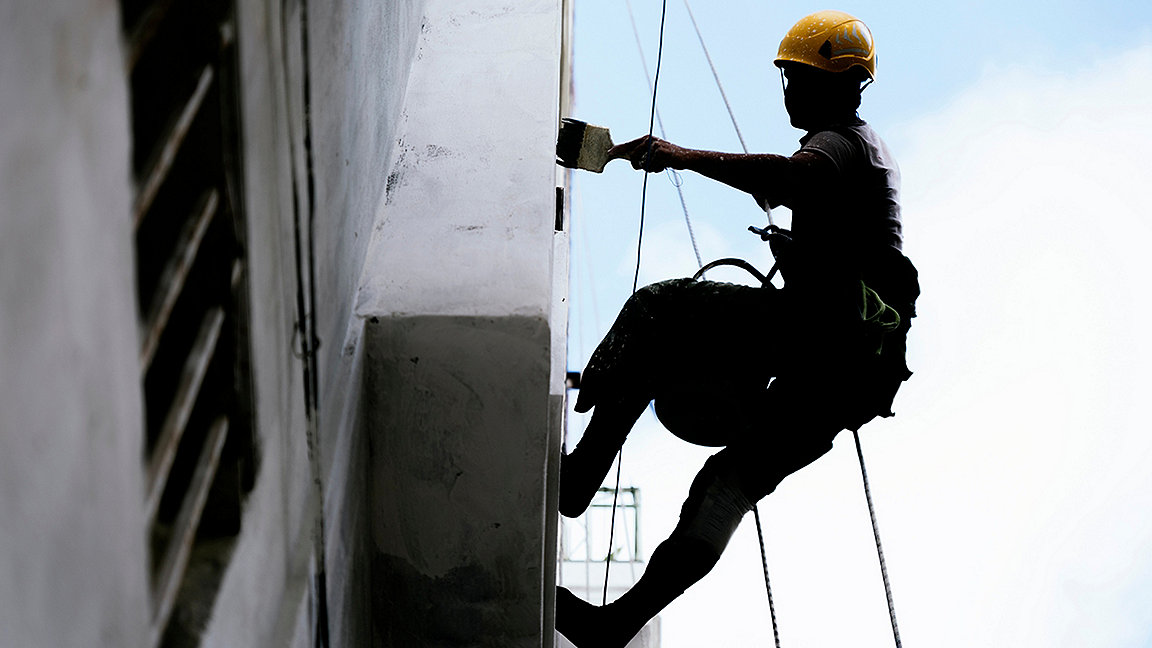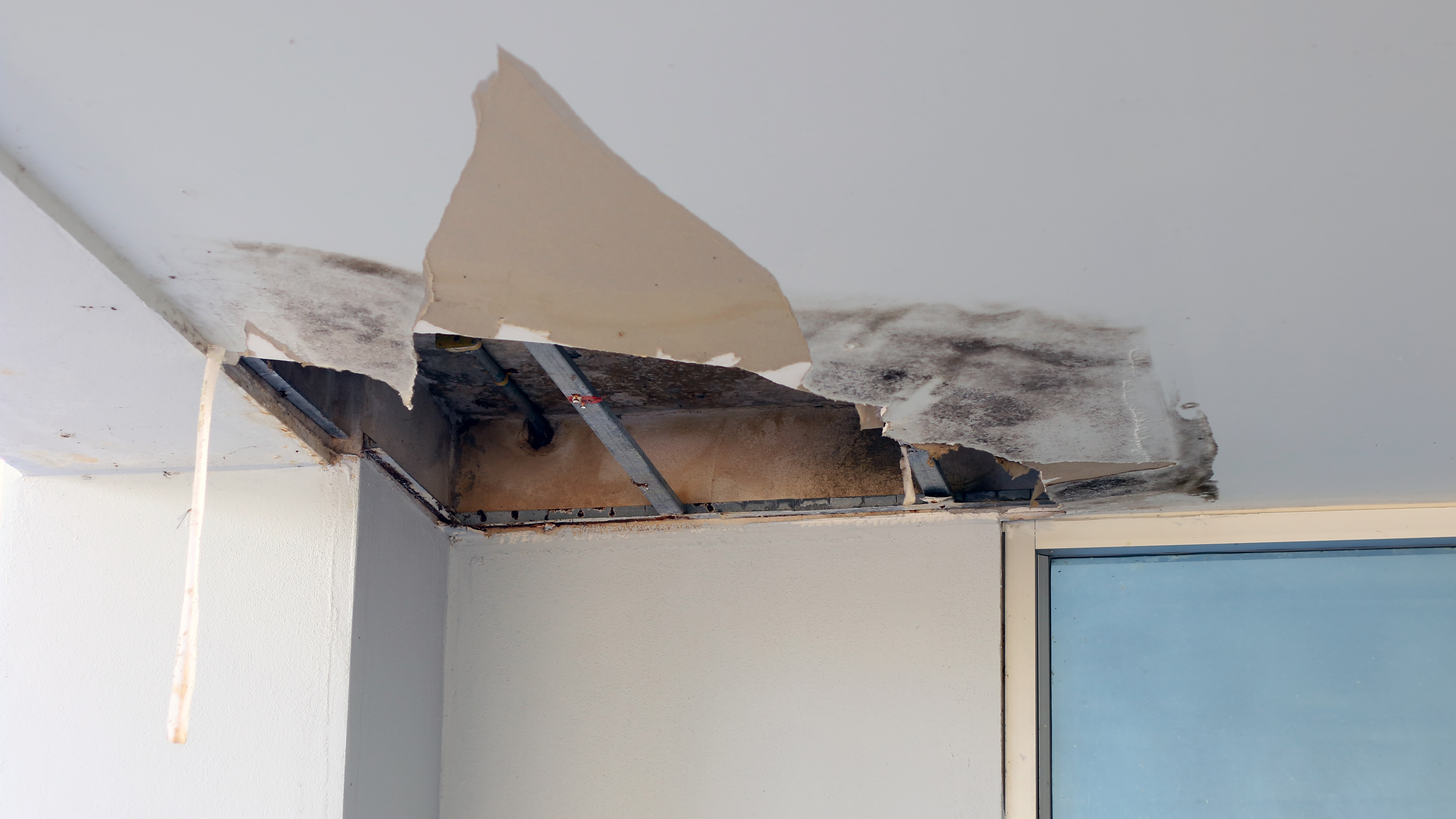
Regardless of how well a new property functions, work will eventually be required for the ongoing maintenance and preservation of the building or associated land. In England and Wales, a property owner therefore enjoys certain rights when they need to repair or preserve their asset and that work requires access to a neighbouring property owner's land or airspace.
The Access to Neighbouring Land Act 1992 came into force on 31 January 1993 and allowed limited access to the land or property of an adjoining owner for preservation and repair works.
However, the rights are not comprehensive, and there are criteria that apply to gaining access. Practitioners therefore need to be aware of these, to support clients making requests under the legislation.
Understanding what constitutes necessity
The 1992 Act expressly requires courts not only to consider whether the request is fair and reasonable, but also whether granting access would cause hardship for the adjoining owner.
The most significant test, though, is that of necessity; that is, does the property need basic preservation works? How this might be interpreted is illustrated in the following examples.
-
Under the 1992 Act, access is reserved for the maintenance, repair or renewal of a building, wall or associated parts of a structure relating to basic preservation works. This provision is extremely broad and covers activity such as regularly painting timber. The question is how to balance the needs of the owner seeking to preserve their asset and those of the neighbour wishing minimal disturbance. Annual painting might be deemed a disturbance, whereas access once every five years as part of a formal maintenance plan could be considered reasonable and necessary under this test.
-
The need to clear, repair or renew a conduit, drain or sewer pipe is becoming important as many systems built in the Victorian era are now exceeding their design life. Maintaining drains and cable runs crossing multiple properties can be seen as basic preservation work. Where these installations have not been ideally documented by their previous owners, finding and tracing them for repair creates uncertainty over access; however, the 1992 Act helps by providing access for such works.
-
The 1992 Act covers access for maintaining trees and hedges, which need not be on the boundary. However, the tree must be in the property owners' demise and the 1992 Act does not assist in subsidence cases when work is necessary to a neighbour's tree, as this is outside of the envisaged scope. This is because access for major tree works can be extraordinarily complex, particularly when dealing with large, mature trees. With today's higher safety standards, time-honoured methods – such as cutting branches while stood on precariously placed planks and ladders – are no longer acceptable or legally viable, and a risk assessment and methods statement under The Construction (Design and Management) Regulations 2015 can deem access essential.
-
Land features that protect against flooding are also covered; for instance, clearing ditches is expressly included in the basic preservation rights.
Agreeing or applying for access
An owner or property manager formally asking a neighbour for basic preservation access will likely need to commission a report from a specialist, such as a chartered building surveyor, to confirm that the proposed works is a necessary act of basic preservation.
Small-scale works of straightforward repair tend to be less contentious and easier to justify under the necessity test than more complex works involving alterations or additions.
The surveyor's challenge is when major projects or replacements require authorisation under the renewal right. When does removing a building for regeneration cease to be basic preservation work and become a redevelopment, which is expressly excluded under the 1992 Act.
Case law providing precedents under the 1992 Act is rare – with only one High Court decision to date in Prime London Holdings 11 Limited v Thurloe Lodge Limited [2022] EWHC 303 (ch) – perhaps because the legislation was designed to enable preservation works by preventing neighbouring owners holding access rights to their land to ransom.
Although it may be a cumbersome piece of legislation, the lack of higher court appeals may be evidence of its success in unifying parties on the terms for access to complete necessary work.
But it is still quite common for a party seeking access to cite the 1992 Act rather than actively negotiate an agreement – effectively forcing the neighbour either to agree or to face an access order.
However, if access is not negotiated the party that wants it will need to apply to the courts. As this process can be expensive, the owner should determine the cost of reaching agreement and compare it with that of applying for an order.
Expense and exemption can prove problematic
When dealing with works that benefit commercial properties, the most contentious and misunderstood element of the legislation is an owner's ability to seek payment as compensation, and meet costs associated with the order.
This right to receive compensation under the 1992 Act should not be confused with a ransom payment as the right for a neighbour to benefit from a payment is expressly granted in the legislation, such that a correctly advised neighbour will expect this payment.
The 1992 Act provides exemption from consideration for properties classified as residential. It is worth nothing that the legislation does not use the term domestic, with the word residential being wider in scope than owning or occupying property.
'The 1992 Act provides exemption from consideration for properties classified as residential'
This provides equal exemption to all forms of legal residential owner seeking access for basic preservation. For example, a building previously used as an office that is being converted to a residential use would benefit from the exemption from the payment of compensation at the point that its designation changes in the planning system.
So far as repairs to commercial properties are concerned, though, section 2(5) of the 1992 Act states that an access order can make provision for the applicant 'to pay the respondent … by way of consideration for the privilege of entering' their land.
The court determines what is a 'fair and reasonable' sum for this payment, with 'regard to all the circumstances of the case'. These include 'the likely financial advantage' to the applicant of gaining access, and 'the degree of inconvenience likely to be caused to the respondent'. However, as mentioned above 'no payment shall be ordered under this subsection' for 'works to residential land'.
This section has a similar legal logic as the limitation on liability for dilapidations under section 18(1) of the Landlord and Tenant Act 1927. Chartered valuation surveyors who are used to dilapidations under the 1927 Act should be able to apply that experience readily when assessing whether the likely financial advantage of access is equal to or greater than any likely increase in the value of the property under section 2(6) of the 1992 Act.
This valuation may require a chartered quantity surveyor to provide a cost–benefit analysis of the repair, to show both the value with and without access for the works.
However, practitioners should note that to the 1992 Act provides no exemption for emergency works, dangerous structures, insurance claims or charitable buildings. This means the moral fairness or plight of the owner is not considered in the appraisal for repair cost, or the cost of the privilege of the access to complete the repair.
In any case, section 2(6) of the 1992 Act clarifies that, for the purposes of subsection 2(5)(a), the likely financial advantage to the applicant will equal to the greater of the following:
-
the amount by which any likely increase in the owner's land value reasonably attributable to the works exceeds their likely cost, where they have access
-
if the works could be carried out without entering the neighbouring land, the difference between their cost with and without an access order.
Valuers advised to use caution
Section 2(6) can create pitfalls for inexperienced practitioners, and quantity surveyors seeking to argue down a calculation can often inadvertently increase cost or stymy the attempt to gain access.
It is not appropriate in this type of neighbour negotiation for practitioners to point score against each other or argue over minor technical points worth pennies when the wider context of the negotiation for access is costing thousands of pounds.
If there is any alternative of around the same cost, the court can reasonably decline the grant of access as an unnecessary inconvenience for the neighbouring owner. Applicants cannot argue both sides of the case – necessary access is not simply desirable, and carrying out work without access should always be more expensive by a commercially meaningful margin.
Where works that do not increase the value of a property which may include cutting back tree branches, even though they may be necessary to good land management, one would not expect compensation to be raised.
In contrast, one would expect compensation where the neighbouring owner is facilitating the repairing to the roof of a dilapidated building and after putting up scaffold on neighbouring land to which access has been granted, which can significantly extend the life of the property and thus its value to investors.
Even when legislation enables access to conduct repairs, the need for professional reporting and advice from a chartered surveyor at the earliest stage is vital, to ensure that the full extent of the works is factored into the appraisal sums.
'Even when legislation enables access to conduct repairs, the need for professional reporting and advice from a chartered surveyor at the earliest stage is vital'
Andrew Thompson FRICS is a senior lecturer in building surveying in the School of Engineering and the Built Environment at Anglia Ruskin University
Contact Andrew: Email
Michael Cooper FRICS is director, head of neighbourly matters and building surveying at Cooper's Building Surveyors
Contact Michael: Email
Related competencies include: Access and rights over land, Development appraisal, Legal and regulatory requirements

